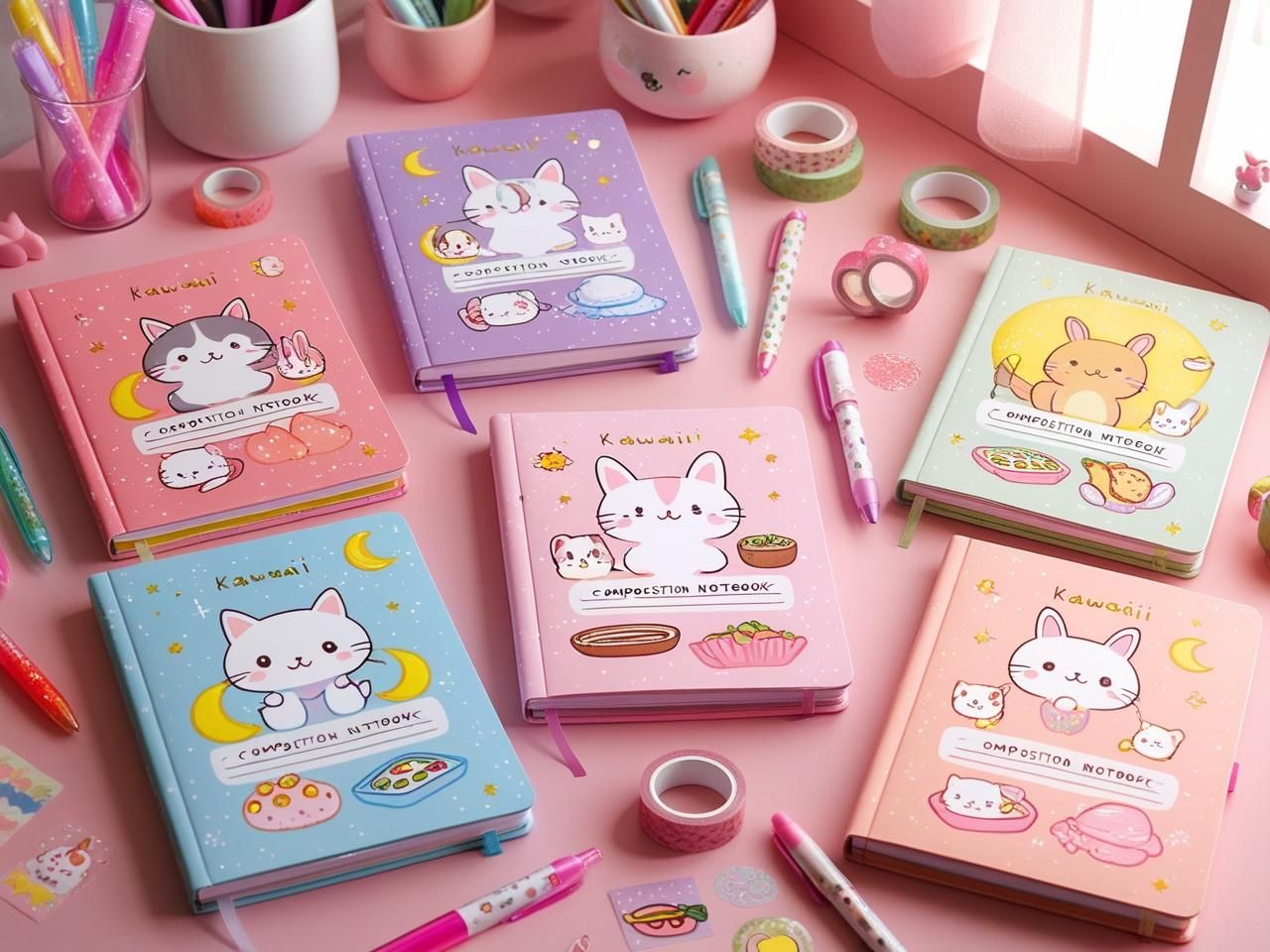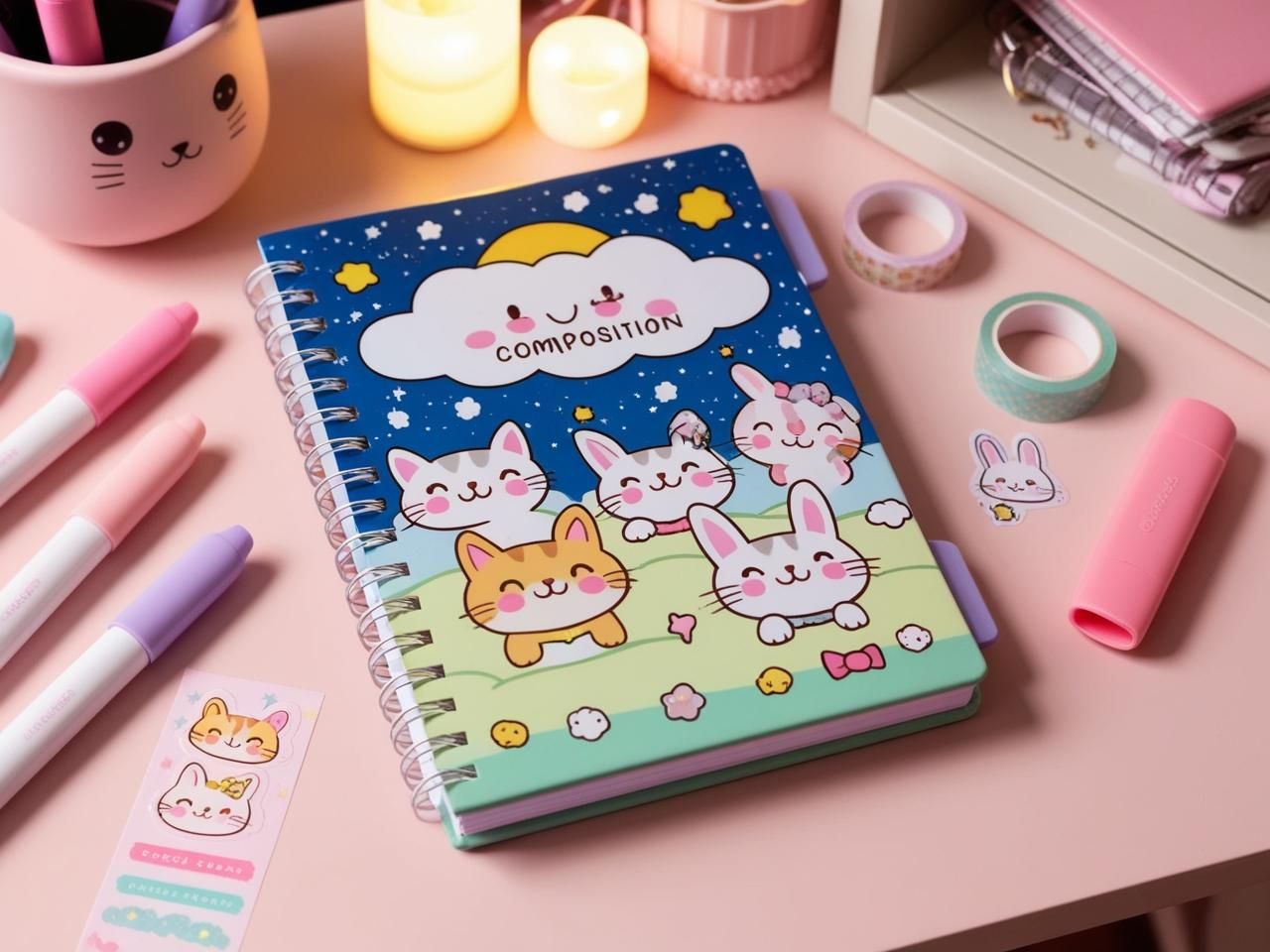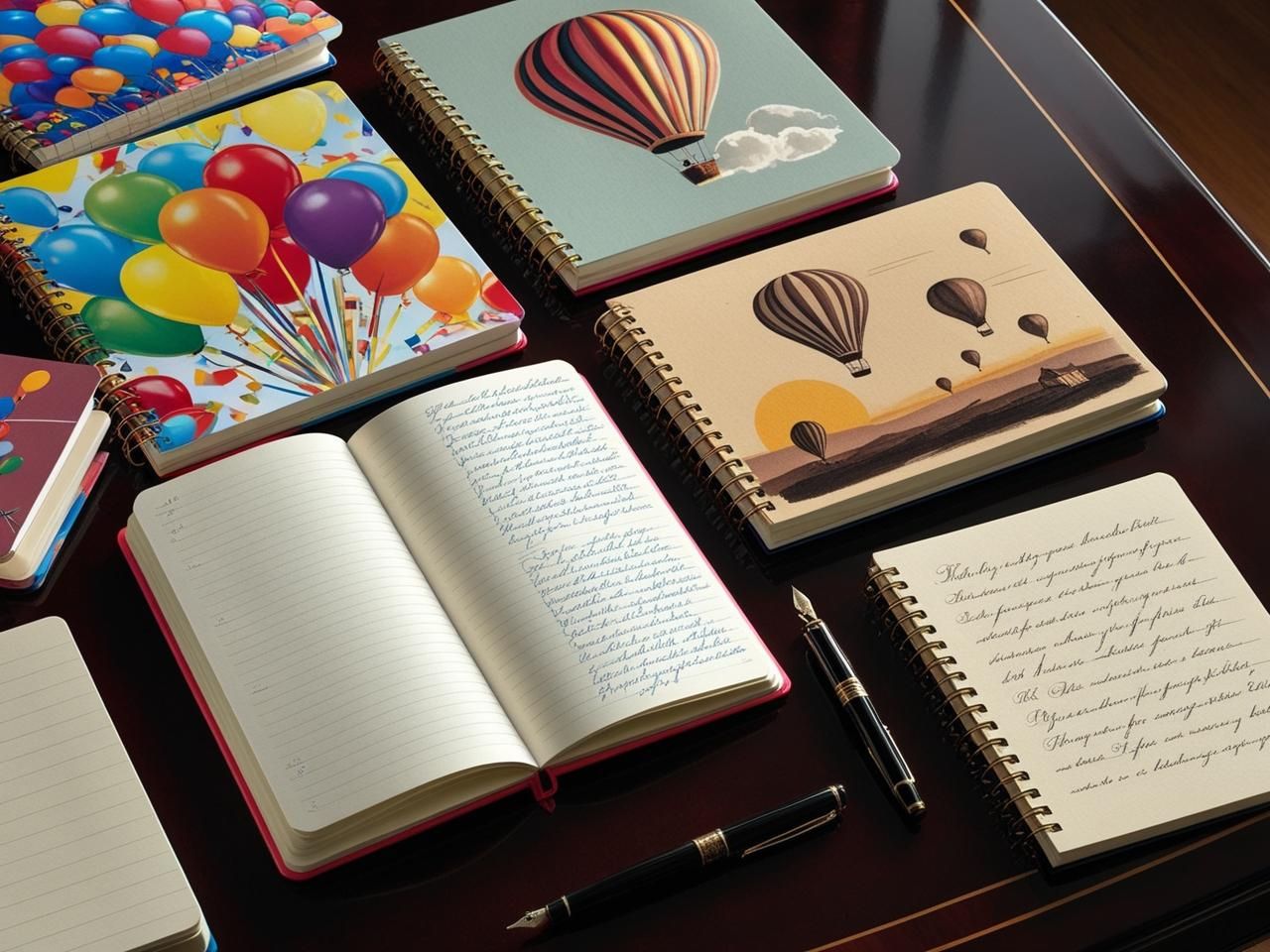- COMPOSITION NOTEBOOK
- Guides
- How to Start a Minimalist Bullet Journal: Easy Layouts for Beginners
How to Start a Minimalist Bullet Journal: Easy Layouts for Beginners
- Category: Guides

A minimalist bullet journal is one of the best ways to stay organized without feeling overwhelmed. By focusing on simple bujo layouts and eliminating unnecessary clutter, you can create a streamlined system that enhances productivity and mental clarity.
Unlike highly decorative bullet journals filled with illustrations and stickers, a clean bullet journal prioritizes efficiency, ensuring that planning remains fast and easy. With just a few essential layouts and the right tools, you can develop an effective clutter-free planner that supports your daily goals.
In this guide, we’ll explore how to start a minimalist bullet journal, including simple layout ideas, essential supplies, and key productivity strategies. If you want to explore other ways to structure your journal, check out our Ultimate Guide on Creative Uses for Composition Notebooks.
Looking for high-quality journaling supplies? Browse minimalist bullet journal supplies for simple, high-quality tools to get started.



What Is a Minimalist Bullet Journal?
A minimalist bullet journal is designed to maximize productivity by eliminating distractions and unnecessary elements. Unlike highly decorative bullet journals, a minimalist approach focuses on clean layouts, simple structures, and efficient planning. This style is perfect for those who want to keep their journal clutter-free while still benefiting from effective organization.
Why Keeping Layouts Simple Improves Focus
Many people find that overly complex bullet journals become overwhelming and time-consuming. A minimalist approach ensures that:
- Less is More: Simple layouts make it easier to find information quickly.
- Faster Setup: A streamlined journal requires less time to maintain.
- Better Focus: Without distractions, it’s easier to concentrate on goals and tasks.
The Psychological Benefits of a Clutter-Free Planner
Research suggests that minimalism reduces stress and enhances decision-making. A clean bullet journal creates a sense of order, helping you stay focused on priorities rather than feeling overwhelmed by excess information.
Essential Supplies for a Minimalist Bullet Journal
Keeping things simple means choosing only the essentials. Here’s what you need to start your minimalist planning setup:
- The Right Notebook: Lined, dot grid, or blank pages—each has its own advantages.
- Quality Pens: Black ink fine-liners or smooth-writing gel pens work best for a clean look.
- Optional Accessories: A ruler and a single highlighter can add subtle structure.

Looking for the best supplies? Browse minimalist bullet journal supplies to get started with high-quality tools.
The Science Behind Minimalism & Productivity
Did you know that minimalism can improve focus and efficiency? Studies in cognitive psychology suggest that reducing clutter in your environment and planning systems leads to better decision-making and increased productivity.
When using a minimalist bullet journal, your brain processes information more efficiently, allowing for faster task management and reduced stress. The simplicity of structured layouts ensures that your journal serves its purpose—keeping you organized without becoming overwhelming.
How to Set Up a Minimalist Bullet Journal
Creating a minimalist bullet journal is all about keeping layouts functional, clean, and easy to use. Instead of intricate designs, the focus is on simplicity and practicality. Follow these steps to get started.
Step 1: Choosing Your Key Pages
A minimalist journal includes only the most essential pages to streamline planning and make tracking information easier.
- Index: A functional yet minimal index keeps navigation simple.
- Future Log: A compact spread to plan long-term events and deadlines.
- Monthly Overview: A simple grid or list format to track key tasks.
Step 2: Creating Simple Daily & Weekly Layouts
The best simple bujo layouts focus on clarity and usability. Here’s how to structure them:
- Minimalist Daily Logs: Use short bullet points without unnecessary details.
- Weekly Layouts: A clean grid format for tracking tasks, events, and goals.
- Whitespace Matters: Avoid clutter to keep your journal easy to read and maintain.
Need the perfect notebook for minimalist planning? Find the best simple bullet journal notebooks to start your minimalist setup.
The Key to Productivity with a Minimalist Bullet Journal
A clutter-free planner not only looks clean but also enhances productivity. Here’s why:
- Improves Mental Clarity: Less distraction allows for better focus.
- Balances Simplicity & Efficiency: Keeps planning fast and effective.
- Avoids Overcomplication: A structured, minimal approach prevents burnout.

By maintaining a simple yet effective journal, you can increase productivity without adding complexity.
Famous Minimalists & Their Planning Methods
Did you know that some of the greatest minds in history embraced minimalism in their work and planning strategies?
Leonardo da Vinci believed in simplicity as the ultimate sophistication, using minimal notes and sketches to focus on ideas rather than distractions. Steve Jobs famously adopted a minimalist approach to both product design and personal organization, emphasizing clarity and function over complexity.
Even Marie Kondo, known for her decluttering philosophy, applies minimalist principles to time management and planning, ensuring that every task and commitment serves a clear purpose.
RELATED POST
Composition Notebook by Pieffeweb | Cookie Policy | Privacy Policy | Disclaimer











